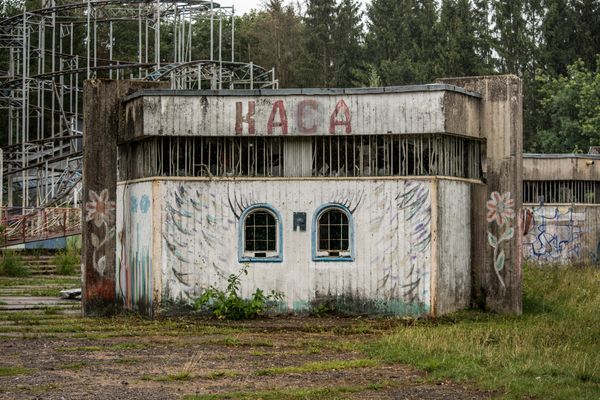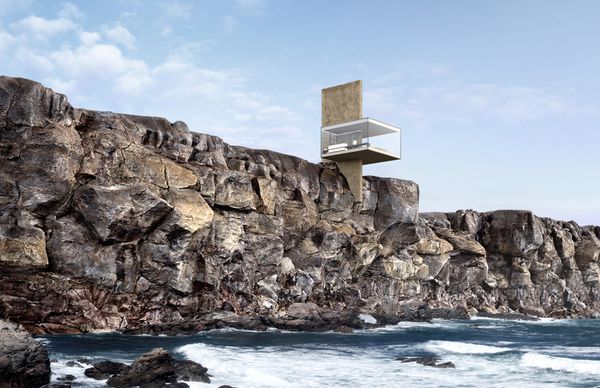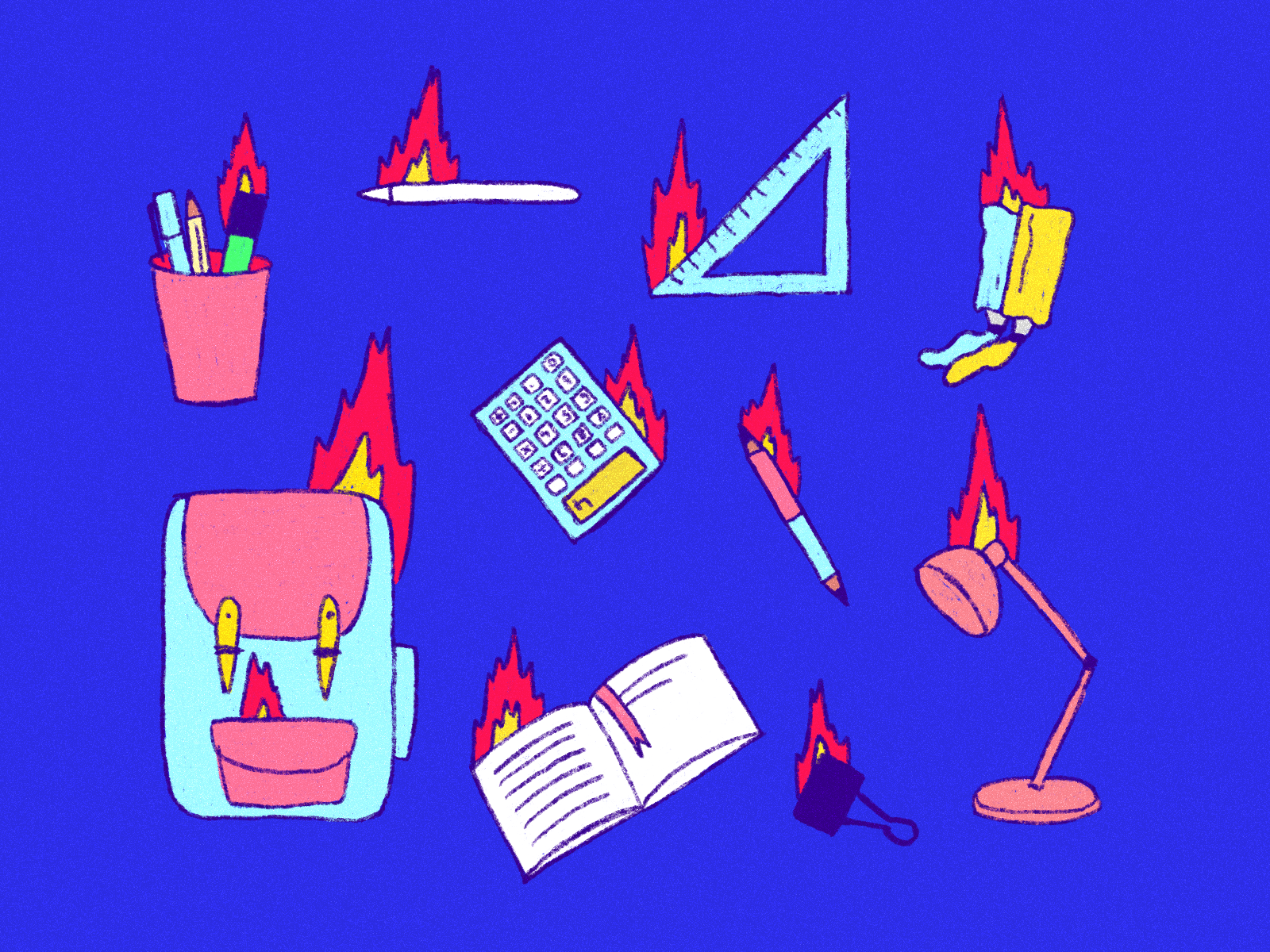Children must receive education, including those fleeing the ongoing Russo-Ukrainian war. Many of them are still not back in the school system, but some attend online classes, and throughout Europe, several Ukrainian schools were established to provide education and community for refugee children. Report from Hype&Hyper on how different countries help the integration of Ukrainian pupils.
Millions have been forced to leave their homes due to the ongoing war between Russia and Ukraine. Among the refugees are many school children for whom life cannot stop. The opportunity to go to school is crucial for children, both for their education and for their mental well-being. This might be even more true in times of armed conflicts when the daily routine of going to school can provide security and community for the pupils. Fortunately, many Central and Eastern European countries help with providing school places for Ukrainian refugee children. In this article, we show how the life of refugee children goes in the region and what opportunities they have, based on a recent UNESCO study.
The most important and challenging aspect: integration
Poland, Hungary, Romania, Slovakia, and Moldova host most Ukrainian refugees, but many other European countries’ efforts should also be highlighted as having contributed to the education of refugee children. In Portugal, for example, young Ukrainian pupils can enroll in the first grade without any major obstacles, while older children’s education needs are assessed, and they are temporarily placed in schools or reception centers. In Moldova, youth centers for refugees provide not only formal education activities but also psycho-pedagogical support and counseling. As the pupils improve their language skills, they can be gradually integrated into mainstream classes.
In most countries, the primary goal is to integrate Ukrainian pupils as soon as possible. For instance, Portugal has introduced exceptional measures to ensure rapid integration. In many countries, it is difficult to get foreign training certificates or diplomas accepted. Belgium, Denmark, France, Lithuania, Slovakia, and Spain have also simplified these processes in the case of documents issued in Ukraine. In addition, in most countries, Ukrainian children can attend language classes and access psychological support. The host states also help familiarize them with the local education system and assess their competencies. All this contributes to the successful integration of Ukrainian refugees and makes life a bit easier during such difficult times.

Right to Ukrainian language education is guaranteed almost everywhere
In Estonia, until the end of May, refugee children were placed in Estonian language educational institutions, but recently the government changed the policy and decided to establish a school on Endla tänav (Endla Street), Tallinn, specifically tailored for the needs of Ukrainian refugee children. This means that education will be in the pupils’ mother tongue (Ukrainian or Russian), except for Estonian-language courses.
“We will begin with intensive Estonian language learning, and also with those skills that can be learned through activities conducted in Estonian – whether they involve creativity, technology, or movement.” – said Olga Selištševa, director of studies at the Vabaduse School, to the Estonian ERR internet news portal.
In Lithuania, Ukrainian pupils can also study in Belarusian, German or Polish. In Romania, 45 primary and 10 high schools offer education in Ukrainian. Pupils can enroll in these schools if they wish, while in Romanian mainstream schools, teachers are encouraged to teach in Ukrainian if they can.
The priority is to address language barriers in Poland too, but here the focus is more on learning the Polish language. “Preparatory classes are important for those who need to learn Polish, which is 70% similar to Ukrainian in that you can understand and communicate, but it is totally different if you are a kid and trying to understand a lesson in physics,” – said Jędrzej Witkowski, President of the Centre for Citizenship Education Foundation, the largest, Polish education NGO, based in Warsaw, to Plan International.
Some accuse the Polish authorities of trying to “polonise” Ukrainian refugee children. Polonisation resonates with the Polish national unconscious and evokes memories of the former occupiers’ Germanisation and Russification, aiming to deprive Polish children of their mother tongue and culture. Polish Minister of Education and Science Przemysław Czarnek rejected the allegations. „There is no denationalization of Ukrainian children happening in Poland. Our aim is to take care of them while they are in our country by force.” – he stated in March.
Many children are not yet enrolled
Some pupils still learn in their original Ukrainian school through online learning, and these children need help with infrastructure. For instance, Latvia is working with the Ukrainian Ministry of Education and Science to offer distance learning as an alternative to the Latvian education system. Czechia cooperates similarly with the Ukrainian Ministry of Education and Science to provide online learning for children during their acclimatization. Such initiatives help to avoid learning losses and are of great help, especially for those who want to return to Ukraine in a few months.
Save the Children, a London-based international NGO, is setting up seven digital learning centers in Polish libraries to support Ukrainian children to continue learning with online resources from the Ukrainian Ministry of Education and Science. The truth is that only roughly a quarter of the 800,000 refugee children are enrolled in Polish schools, meaning that the parents of 600,000 children have decided that their kids must continue their education online in Ukrainian or are currently not attending school at all. The trends are similar in other countries. In the Czech Republic, for example, recent research has revealed that most Ukrainian refugee children are not enrolled in local schools. Three-quarters of Ukrainian children of pre-school age and two-thirds of school-age are not taught in any Czech educational institution.
What happens with the preschoolers?
Access to nursery school varies from country to country: some countries, such as Estonia and Ireland, provide free access for all kids regardless of immigration status, while in others, such as Denmark, parents must pay for the preschool system, though, of course, some financial support is available for refugees in these countries as well. If there are not enough places in public nurseries and kindergartens, NGOs and municipalities can step in; Latvian cities, for example, will, in some cases, provide financial support for a child to go to a private preschool.
Teachers have a heavy workload and a lot of responsibility
The large influx of Ukrainian refugee pupils can be extremely challenging. Teachers have the most difficult task, as they must cope with the language barriers and ensure the inclusion of Ukrainian children. Suddenly, it is not just a problem of having more children in a class: it also matters how these children are dealt with, what is the school staff’s, parents’, and children’s stance on the Russian invasion of Ukraine, and how the ongoing war is communicated to the class. It is challenging for teachers to facilitate that the new children are accepted in such a situation, what is more, to provide psychological support for them.
Croatian, Czech, and Slovak teachers have received guides on how to look after pupils’ mental health, how to prevent confrontations in the classroom, and how to discuss sensitive topics. In France, a special crisis unit has been established; one of its tasks is to provide tools for welcoming and dealing with traumatized children.
Italy is encouraging teachers to experiment with bilingual study materials. In Slovakia, teachers got a list of resources for learning basic Ukrainian in addition to communication cards and games that might be useful in classes where Ukrainian kids attend. Often these tools can also help to ease tensions. Czech teachers can even use the help of interpreting services in case of more complex communication difficulties.
Often refugees become teachers
The Czech government has opened several educational centers for Ukrainian refugee children. The schools are located in Prague and the south-eastern city of Brno, the second-largest city in the country. The pupils are learning in their mother tongue, Ukrainian, and Ukrainian refugees are the teachers as well – Minister of Education, Youth, and Sport Petr Gazdík said on Twitter.
Poland is planning to make it easier for Ukrainians looking for work to be employed as teaching assistants. In Latvia, a new law allows Ukrainians to work as teachers without undergoing a qualification procedure if they only teach Ukrainian kids. But, they still need a professional qualification to work as a proper teacher in a mainstream Latvian educational institution. Romania, like many other countries in the region, suffers from a shortage of teachers, so the Ministry of Education allows students from public and private universities and pensioners to work as teachers and school counselors. Ukrainian professors will also be allowed to teach in Romanian universities. Germany and Italy encourage brainstorming among teachers. The German Federal Ministry of Education and Research has also mentioned plans to employ and train Ukrainian teachers.
New schools are established
Vabaduse School in Tallinn will provide 800 places for Ukrainian refugee children who want to continue their studies in Estonia. In Estonia, until the end of May, refugee children were placed in Estonian language educational institutions, but recently the government changed the policy and decided to establish a school on Endla tänav (Endla Street), Tallinn, specifically tailored for the needs of Ukrainian refugees. So, Tallinn will continue to provide school places for children from 1st to 6th grade in the mainstream municipal Estonian education system, while pupils in grades 7 to 12 will attend the new Vabaduse school, attached to the Tõnismäe State High School. Applications for the school will open on the 1st of June, and the school year will start in September.
There are excellent initiatives for opening new schools elsewhere as well. More than 200 Ukrainian refugee children started classes at the beginning of May in the first school in Kraków which follows the Ukrainian national curriculum, allowing pupils to continue their studies according to the original plans and materials. Classes for children in grades 1 to 11 are held at a primary school, which has lent the rooms at a nominal cost, Radio Kraków reported. The foundation behind the project has signed a contract with UNICEF covering the salaries of 26 Ukrainian teachers and a principal.
The children will have the opportunity to pass all compulsory courses, Victoria Gnap, the president of the Unbreakable Ukraine Foundation, told the Polish newspaper Gazeta Wyborcza. Gnap highlighted that the children will receive diplomas under their agreement with the Ukrainian Ministry of Education and Science. The classes can only be held in the afternoon, from 14:15 to 18:15 now, but the foundation hopes they can soon rent a building where classes can start at 8 am.

Ancient ruins and the extravagance of contemporary architecture in a Valencian Greek restaurant

Elektrėnai | The clone of Chernobyl










